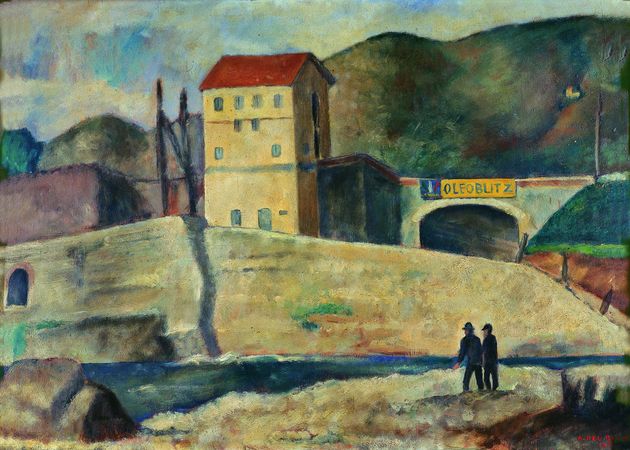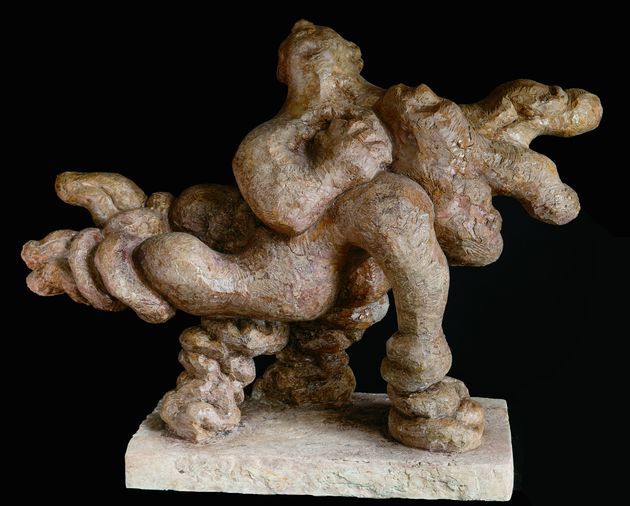After the Great War many artists in various countries abandoned the formal experiments of the historical avant-garde (from Futurism to Expressionism, to Cubism) to attempt a refoundation of art along different paths. Some, like Carrà, Derain or Soffici himself, aimed at the recovery of archaic traditions and the real quality of art. This “return to order”, which has been interpreted negatively as a closure, a choice of self-isolation in time and space, actually aimed at a “return to craftsmanship”, to the values of an art which has a true quality, as expressed in a well-known article by De Chirico in 1919. For Soffici, the quality of the paint texture was a constant from the early 20th century up to his death. He willingly accepted the risk that his choice, the works produced in his voluntary exile in Poggio a Caiano, would be seen as a cowardly return to provincialism similar to that of the “strapaese” post-war literary movement. As he writes to Carrà: “I don’t admit anything but simplicity in the face of the nature I wish to study deeply and render with honesty, rejecting all theories and any kind of pseudo-intellectual preconception”. Cabins gives a good example of the artist’s poetic intent, in its loose brushwork, harmonious tonal composition recalling old frescoes, and “pure painting”. A 1926 notebook contains the drawings made by Soffici on the Versilia beach of Forte di Marmi, where he painted with Carrà every year up to his last years.
In Palazzo Pretorio, Soffici’s painting The Veteran is also exhibited.
It would be interesting to visit also the SofficiMuseum in Poggio a Caiano, where the artist spent the most of his life.




























































